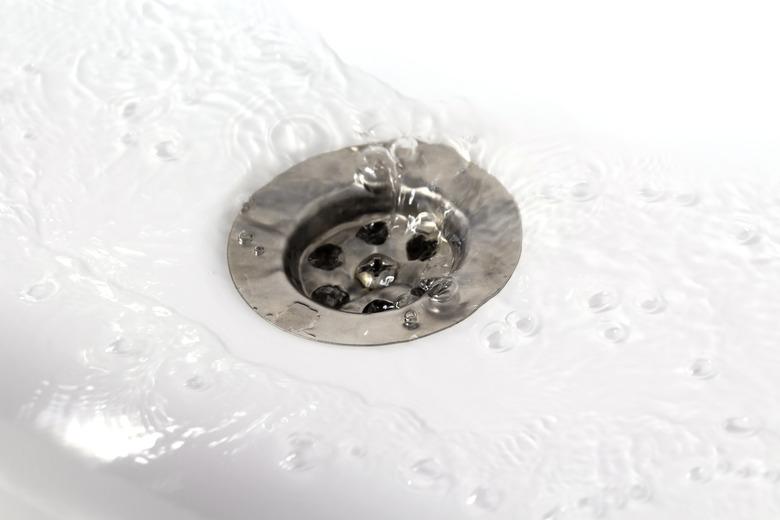How To Unclog A Drain With Bleach
Although 3/4 cup of bleach followed by a thorough flushing of hot water can be used to deodorize and sanitize drains, it won't help a clog. It's ineffective to use bleach to clear a clogged drain because it won't eat through the hair, washcloth bits, toothpaste and other matter that gets trapped inside pipes. Many people find this confusing since bleach is an ingredient in many drain-cleaning products, but the bleach is combined with other cleaning agents and caustic materials in these products — they do not rely on bleach alone to unclog the drain.
A single ounce of straight bleach requires dissolution in 312,000 ounces of water to be safe for fish, so protect the environment by limiting your bleach use when possible. There are several ways you can attempt to unclog a drain on your own before hiring a plumber, though bleach should not be one of them.
Why You Should Not Use Bleach to Unclog a Drain
Why You Should Not Use Bleach to Unclog a Drain
When using bleach as a sanitizer, never use more than the recommended amount if you have a septic system. Doing so can kill the bacteria your system relies on to break down waste and eventually cause malfunctions.
Trying to use bleach or Clorox to unclog a drain can be dangerous as well as ineffective. Bleach creates deadly fumes when mixed with ammonia and may do so inside your pipes if it comes into contact with ammonia-containing cleansers rinsed down the drain previously.
Never use bleach in combination with a commercial drain cleaner as this can cause dangerous chemical reactions.
How to Unclog a Drain With a Sink Plunger
How to Unclog a Drain With a Sink Plunger
The right plunger can move a clog in a sink just as it can in the toilet.
- Remove the stopper from the drain and block any overflow openings with a damp rag or paper towel.
- Spread a little bit of petroleum jelly onto the lip of the plunger to create a better seal.
- Run a small amount of water down the drain and then plunge the sink three or four times.
- Run a bit more water down the drain and plunge again, repeating as needed until the clog is removed.
Call a Professional Plumber
Call a Professional Plumber
You can try cleaning the drain trap and snaking the drain if you have experience with plumbing, but both of these methods require removal of the P-trap and proper re-sealing and re-installation to prevent leaks. If you can't remove the clog on your own with the plunger, it may be best to leave the job to the professionals rather than create a leak or risk causing other problems.
